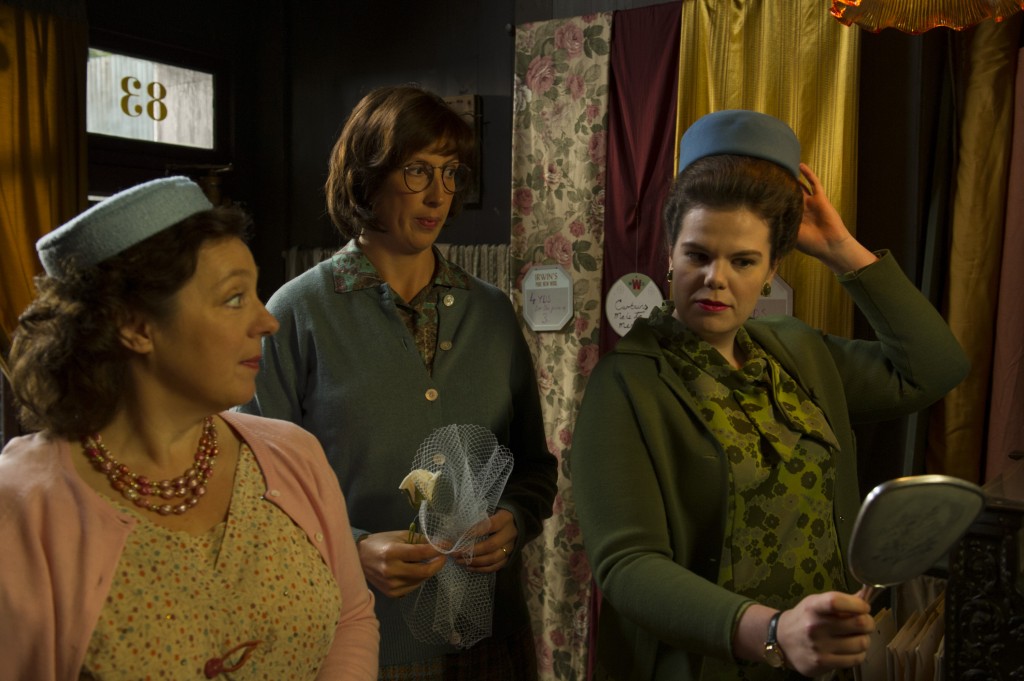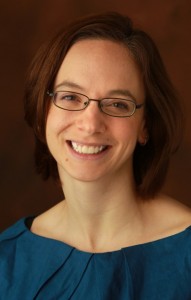For the fourth season in a row, we are honored to have the faculty of the Vanderbilt School of Nursing back to guest blog for us each Monday morning about the previous night’s episode of Call the Midwife, airing Sundays on NPT and PBS Stations nationwide at 7 p.m. CDT through May 17. Check in every Monday morning for historical and contemporary context on the show along with some fun discussion. SPOILER ALERT: Be aware that some posts may contain spoilers.

By Bethany Domzal Sanders
 As is fitting for the season finale, this episode of Call the Midwife focused on beginnings and ends. In some ways, birth symbolizes both. On one hand, there is a new role for the mother and of course new life for the baby. On the other hand, birth is the end of the work of labor and the culmination of the 40 weeks of pregnancy. In the case of a first baby, it is also the end of autonomy for the parents. We often hear the expression “when one door closes another one opens” and birth certainly embodies that. This episode also saw relationships joyously beginning and tragically ending (and I certainly shed more than one tear). What struck me the most, though, is that we continue to see the evolution of ideas about labor and birth throughout the Call the Midwife series.
As is fitting for the season finale, this episode of Call the Midwife focused on beginnings and ends. In some ways, birth symbolizes both. On one hand, there is a new role for the mother and of course new life for the baby. On the other hand, birth is the end of the work of labor and the culmination of the 40 weeks of pregnancy. In the case of a first baby, it is also the end of autonomy for the parents. We often hear the expression “when one door closes another one opens” and birth certainly embodies that. This episode also saw relationships joyously beginning and tragically ending (and I certainly shed more than one tear). What struck me the most, though, is that we continue to see the evolution of ideas about labor and birth throughout the Call the Midwife series.
The idea that fathers should be present and involved in the labor and birth process gained traction in the 1950s. Dr. Lamaze introduced childbirth classes, relaxation, breathing techniques and emotional support from the father in France in 1951 and these ideas quickly spread. Previously, men had been excluded from the female-centric birth culture unless presiding in the role as the physician. Often delegated to boiling water or waiting outside the delivery room, men were not thought to contribute to labor or birth. With the popularity of Dr. Lamaze’s ideas, though, men began to be seen as crucial support. As Nurse Franklin said, “June needs at least one person who truly understands her and that person happens to be the father of her child.” Although some cultures still consider birth a female-only event, now most women expect their partners or husbands to be present for the labor and birth. I’ve attended many births where the father took an active hands-on role, at times even assisting in receiving the baby at birth.
Another newer idea entering the scene in the early 1960s was that nausea and vomiting in pregnancy was treatable. Hyperemesis gravidarum – extreme nausea and vomiting, accompanied by weight loss and dehydration – was recently publically acknowledged when the Duchess of Cambridge was hospitalized with this condition early in both of her pregnancies. Previously this condition was thought to be mostly psychological and many women were told, as was Maureen by rather unhelpful but well-meaning midwives like Sister Evangelina, “Mind over matter and polo mints, that’s what will get you through this.” Hyperemesis gravidarum effects up to 2 percent of all pregnancies and treatment usually consists of rehydration, correction of nutritional deficiencies and medications for nausea and vomiting.
Thalidomide, first introduced in Germany in 1947, quickly grew in popularity as a treatment for nausea and vomiting in pregnancy. Soon after it was used in the U.K. and other countries and many women, like Maureen, hailed it as a wonder drug. (Without giving too much away, I have a hunch we will be seeing Maureen again next season.) Thalidomide is no longer used for this purpose, although there are several newer medications that are effective in treating hyperemesis gravidarum.
As we say goodbye to our beloved midwives of Nonnatus House for this season, I can’t help but look expectantly for another season full of changes in the personal lives of many and best of all, more births. Each season is like a pregnancy to me – full of the hope and promise of new life and while it seems so long in the beginning, it ultimately concludes so quickly.
Bethany Domzal Sanders, MSN, CNM, is a member of the Vanderbilt Nurse-Midwives, the clinical practice of the Vanderbilt University School of Nursing located at West End Women’s Health Center.